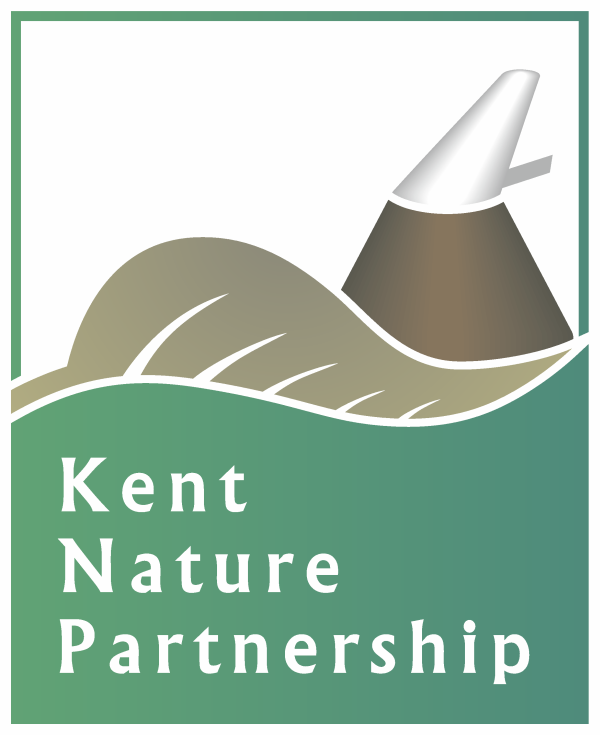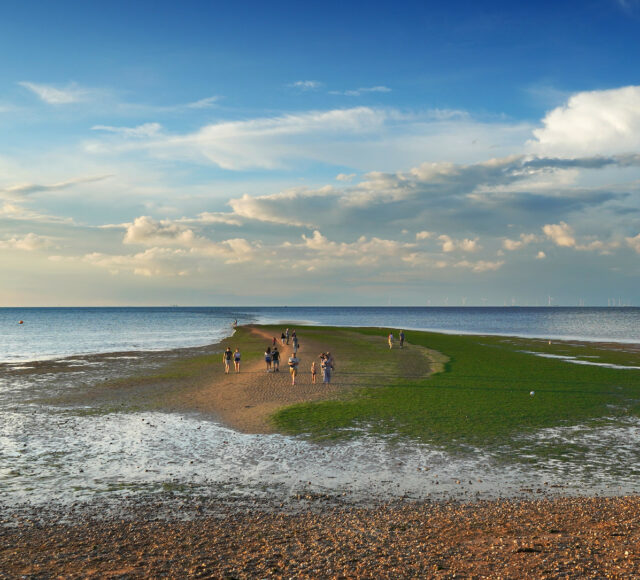Fundamental to the recovery of Kent and Medway’s habitats and wildlife is the need to reconnect local people with their natural environment and to rekindle their enthusiasm for, and appreciation of, nature: many of us only value and protect what we care about. We need to work with all generations, and young people especially, to ensure local people have the opportunity for regular contact with our natural world, and have the tools and vision to regain the biodiversity that has been lost.
Kent is a densely populated part of the country, which is a pressure on our sensitive wildlife sites that are vulnerable to disturbance; and not all areas of high biodiversity value and importance are suitable for public access for this very reason. But the close proximity of these sites to the population is also an opportunity for people to experience nature, learn to love it and protect it, and to improve their own wellbeing. The challenge is to mitigate the risks and unlock the opportunities in a way which allows people to access nature in a low impact manner but which still provides a wildlife enhanced experience.
The England Coastal Path will provide people in Kent with a greater opportunity to access the county’s special coastal margins and connect with nature; and within Kent this access is extended further by linking up with the Thames Path. To ensure the increased access does not impact on these vulnerable habitats and species, regular monitoring needs to take place which will not only enable protection of these areas but also increase our knowledge of them.
Our objectives for engagement are, by 2045:
- An increase in the number of health initiatives, bringing more people into contact with the natural environment.
- An increase in the number of people taking action that benefits biodiversity, including citizen science projects, with 23% of Kent’s residents participating in environmental volunteering.
- An increase in the number of opportunities for children and young adults to engage with environmental issues, in and out of school.
- There is more and better quality, accessible natural space and green infrastructure close to where people live and work, particularly in urban areas, where both people and wildlife can thrive; and all new developments will include accessible green space.
- People are using the increased coastal access rights to gain a better connection with, and understanding of, the coastal margins and marine environment.
- More people are spending more time in natural spaces and benefiting their mental health and wellbeing.
- Create a network of visitor “hubs” in key locations in Kent, including North Kent Marshes, Blean Woods and North Downs, that enable an enhanced visitor experience without negatively impacting wildlife and provide a gateway for people to get involved and take action for nature.
- Whilst there is an increase in the number and quality of opportunities for Kent’s residents to connect with the natural environment, this access is appropriately managed, and impacts from disturbance monitored, so that the health and wellbeing benefits realised are not to the detriment of the natural environment through increased use and associated recreational disturbance.
- Kent’s population is supported in making the right environmental choices and are empowered to take direct action for the recovery of nature with their own informed actions.



